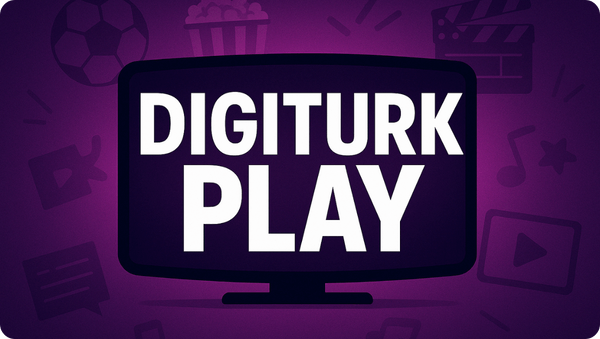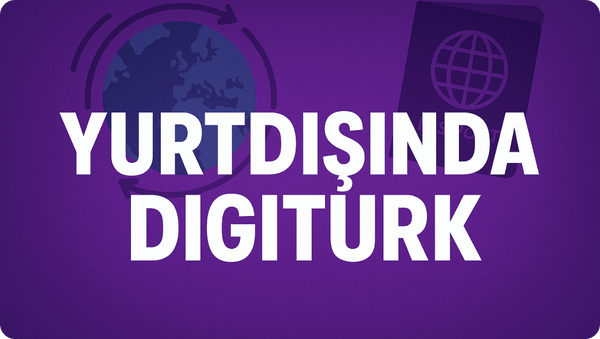Digiturk Play Birçok Platformu Destekler
Digiturk Play, sunduğu geniş platform desteği ile kullanıcılarına kesintisiz ve özgür bir izleme deneyimi sunar. Smart TV, Android TV, Apple TV ve Fire TV gibi birçok cihazla uyumlu olan Digiturk Play, favori içeriklerinizi dilediğiniz ekranda izleme imkânı sağlar. Büyük ekran keyfini tercih edenler için Smart TV ve Android TV desteği, Apple ekosistemini kullananlar için Apple TV uyumluluğu ve Amazon’un Fire TV cihazlarıyla tam entegrasyon sayesinde Digiturk Play’i her ortamda sorunsuz bir şekilde kullanabilirsiniz.
Tek bir üyelikle farklı platformlar arasında geçiş yaparak, spor karşılaşmalarını, dizileri, filmleri ve belgeselleri dilediğiniz gibi izleyebilirsiniz. Evinizde televizyon karşısında rahatça vakit geçirmek istediğinizde büyük ekranda yüksek çözünürlüklü yayın keyfi yaşarken, seyahat halindeyken mobil cihazlarınızdan veya tabletinizden Digiturk Play’e erişerek izleme deneyiminizi kesintisiz sürdürebilirsiniz. Üstelik kolay kurulum ve kullanıcı dostu arayüzü sayesinde Digiturk Play’e bağlanmak son derece pratiktir. Şimdi Digiturk Play üyeliğinizi hemen aktif edin ve sınırları ortadan kaldıran bu deneyimin tadını çıkarın!



 Yayın alma süreniz 12 aydır. Süre sonunda paket sona erer
Yayın alma süreniz 12 aydır. Süre sonunda paket sona erer Aylık hesaplandığında yaklaşık 19 $ ödemiş olursunuz. Ödemenize ekstra hiçbir komisyon eklenmez.
Aylık hesaplandığında yaklaşık 19 $ ödemiş olursunuz. Ödemenize ekstra hiçbir komisyon eklenmez. 14 gün ÜCRETSİZ iade imkanı
14 gün ÜCRETSİZ iade imkanı Trendyol Süper ve Trendyol 1. Lig'in tüm maçları canlı izleyebilirsiniz.
Trendyol Süper ve Trendyol 1. Lig'in tüm maçları canlı izleyebilirsiniz. Amerika ve Kanada'da beIN Xtra kanallarında Fransa Liginin en heyecanlı maçlarını izleyebilirsiniz.
Amerika ve Kanada'da beIN Xtra kanallarında Fransa Liginin en heyecanlı maçlarını izleyebilirsiniz. Türkiye'nin En Sevilen Ulusal, Haber, Spor ve Eğlence Kanallarıı
Türkiye'nin En Sevilen Ulusal, Haber, Spor ve Eğlence Kanallarıı Smart TV, Android TV, Apple TV, Amazon Fire Stick ile büyük ekranda, akıllı telefon ve tablet, Mac ve PC'nizde
Smart TV, Android TV, Apple TV, Amazon Fire Stick ile büyük ekranda, akıllı telefon ve tablet, Mac ve PC'nizde



 Canlı Yayını Durdur
Canlı Yayını Durdur 12 Saat Geri Al İzle
12 Saat Geri Al İzle Tekrar İzle
Tekrar İzle Dilediğin Zaman Dilediğin Yerde İzle
Dilediğin Zaman Dilediğin Yerde İzle Kurulum Yok
Kurulum Yok